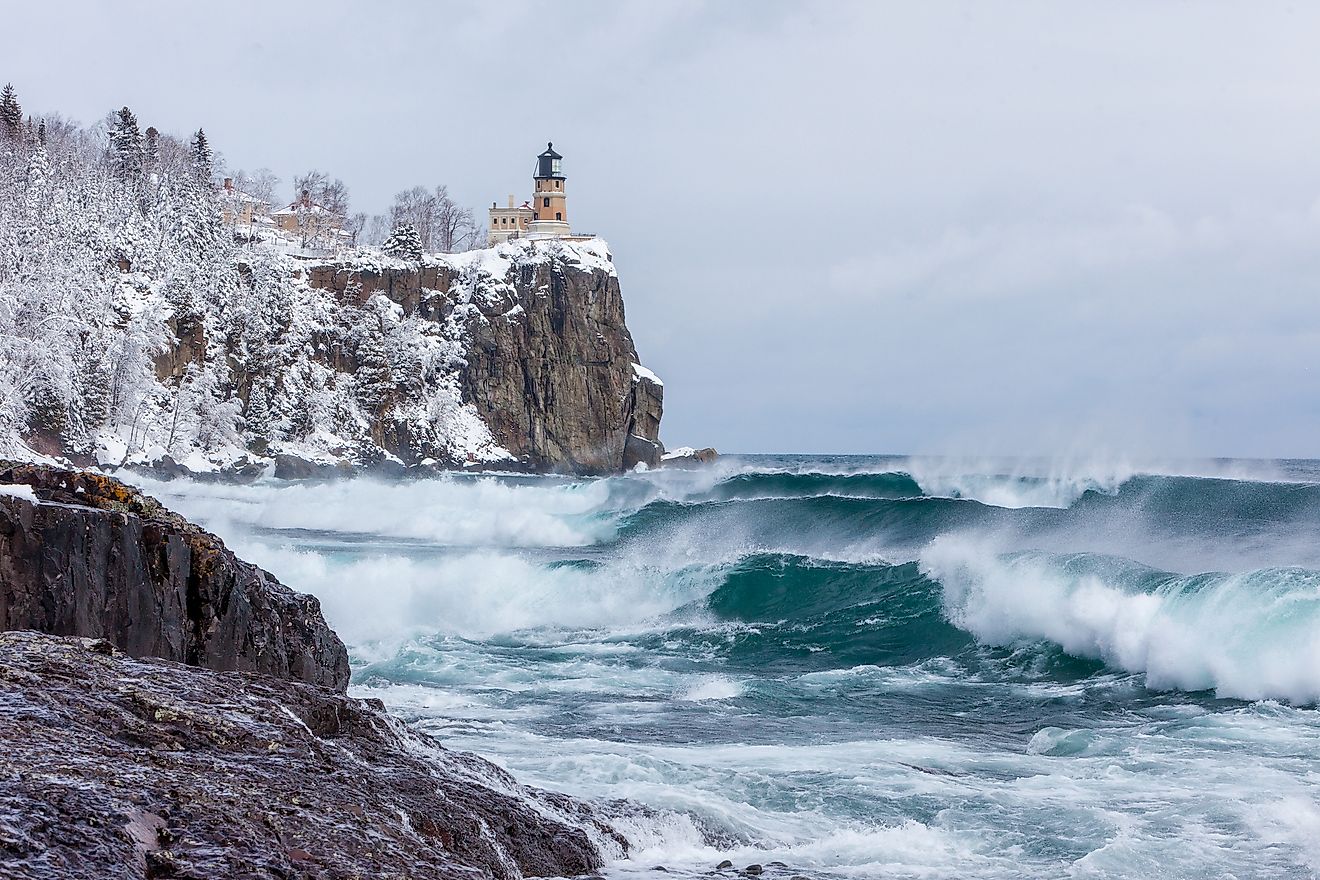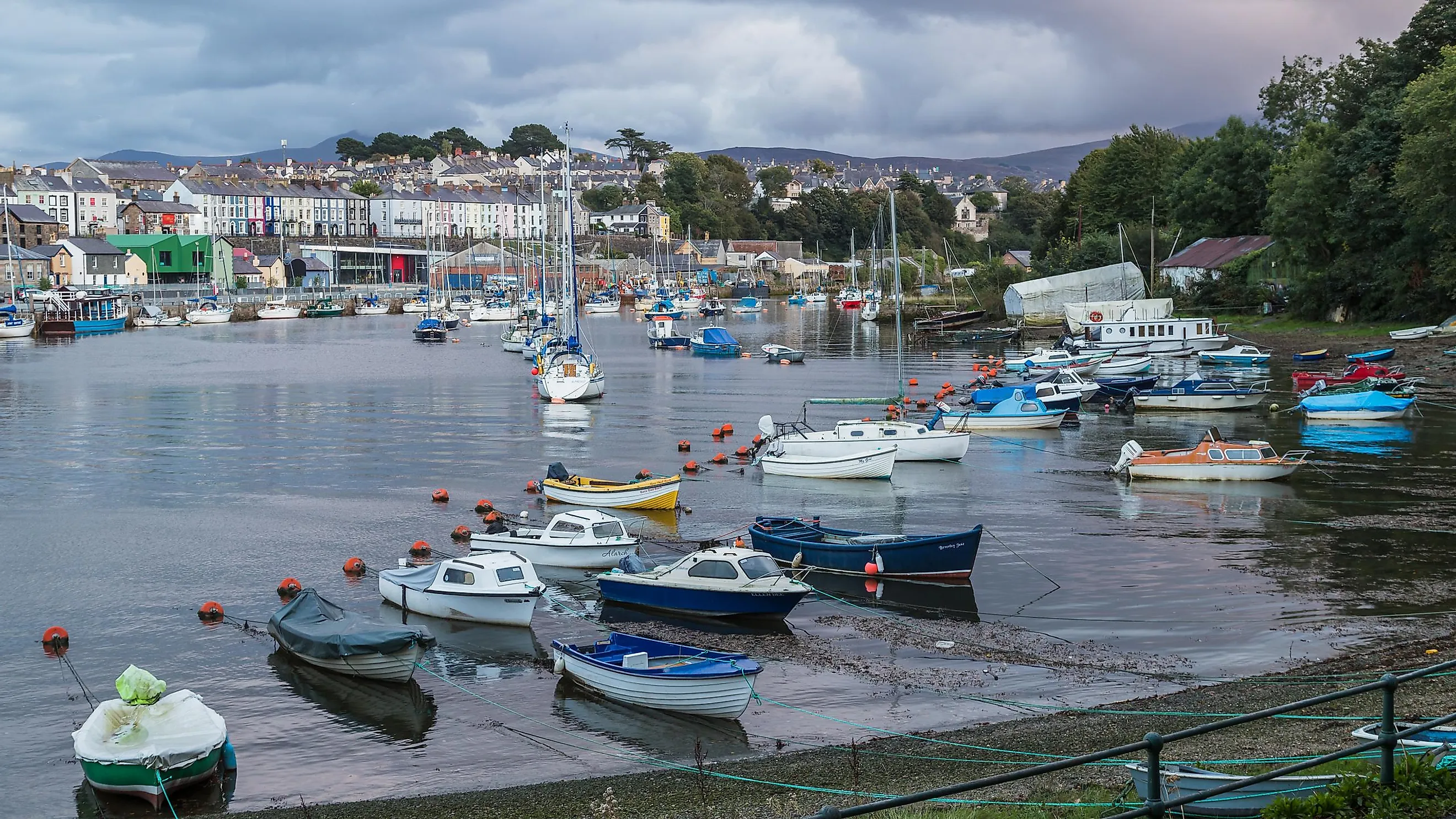
Caernarfon Bay
Caernarfon Bay is central to the region that was once the center of the world; the United Kingdom. This importance cannot be neglected, considering its heavy use for trades that stretched to the planet's farthest regions in terms of imports and exports. The bay itself is bordered by the Llŷn Peninsula to the west and the Isle of Anglesey to the north and is situated off the northwestern coast of Wales. The geography, history, flora & fauna, recreation, and economy of this bay significantly impact the lives of those who live nearby and those who are merely able to visit.
Geographical Features
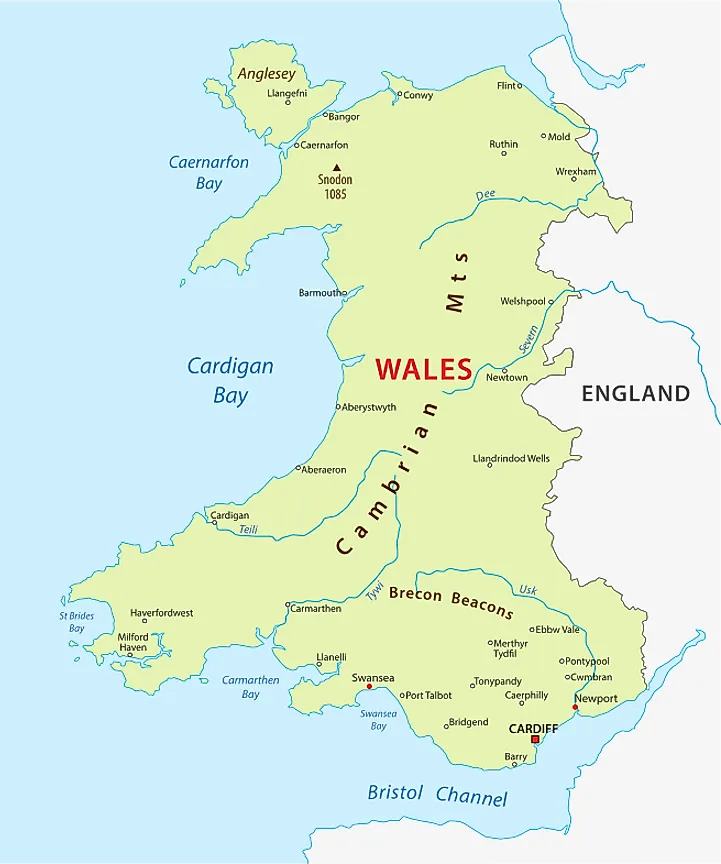
Caernarfon Bay covers an area of approximately 10 miles in width and stretches from the shores of Anglesey to the Llŷn Peninsula. The bay's shape is characterized by its gently curving coastline, which provides shelter from the Irish Sea's harsher conditions. The surrounding landscape is a blend of rugged cliffs, rolling hills, and picturesque valleys, with the imposing Mount Snowdon—Wales' highest peak—dominating the skyline to the east.
Notable landmarks in the area include the historic town of Caernarfon, home to the UNESCO World Heritage Site of Caernarfon Castle, and the Menai Strait, a narrow channel separating the Isle of Anglesey from the mainland. The bay's geological features are diverse, with ancient volcanic rocks, glacial valleys, and sandy beaches creating a striking landscape that has inspired poets and artists for centuries.
History
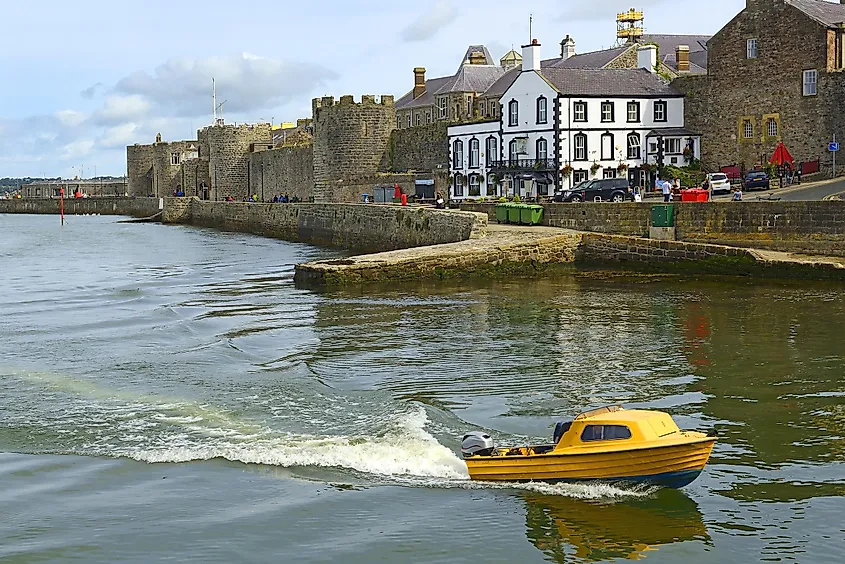
The history of Caernarfon Bay is deeply intertwined with the region's broader cultural and political narrative. The bay has been a strategically important location since pre-Roman times, serving as a gateway to the Irish Sea and beyond. Throughout history, the bay's waters have witnessed the rise and fall of various kingdoms and the ebb and flow of cultural exchange.
One of the most notable events in the bay's history was the construction of Caernarfon Castle by King Edward I of England in the late 13th century. This imposing fortress served as a symbol of English power and domination over the Welsh people. The castle, along with other historical landmarks in the area, such as the Roman fort of Segontium, bear witness to the rich history that has unfolded in and around Caernarfon Bay.
In more recent times, the bay has played a crucial role in maritime trade, with ships carrying goods to and from the port towns that dot its coastline. The growth of the Welsh slate industry in the 19th century further solidified the bay's significance, as slate from the nearby quarries was exported across the globe. Last, the bay is famous for its role in teaching young sailors the art of crossing the rough ocean and is also the location of one of the world's oldest yacht clubs.
Wildlife And Ecology
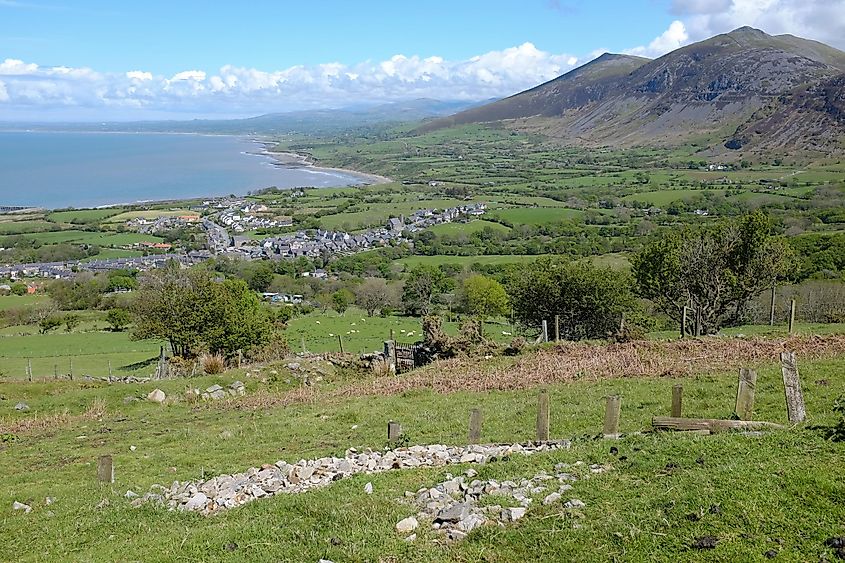
Caernarfon Bay boasts a diverse ecosystem, supporting a wide variety of flora and fauna. The bay's shoreline and surrounding areas feature a range of habitats, including sand dunes, salt marshes, and rocky cliffs, which provide homes to numerous plant and animal species. The bay's waters are rich in nutrients, attracting an array of marine life, such as seals, dolphins, and various fish species.
Birdwatchers are drawn to the bay's coastal habitats, which provide nesting and feeding grounds for many bird species, including the iconic puffin, guillemot, and razorbill. Migratory birds, such as the Arctic tern, also use the bay as a stopover during their annual journeys. Inland, the slopes of Mount Snowdon and the surrounding hills host unique upland plant communities, including heather, bilberry, and mosses.
Environmental concerns have led to the implementation of various conservation efforts to protect the bay's fragile ecosystems. Designations such as Special Areas of Conservation (SAC) and Sites of Special Scientific Interest (SSSI) have been established to help preserve key habitats and species. Additionally, ongoing research and monitoring initiatives aim to understand the bay's ecology better and inform future management strategies.
Recreational Activities
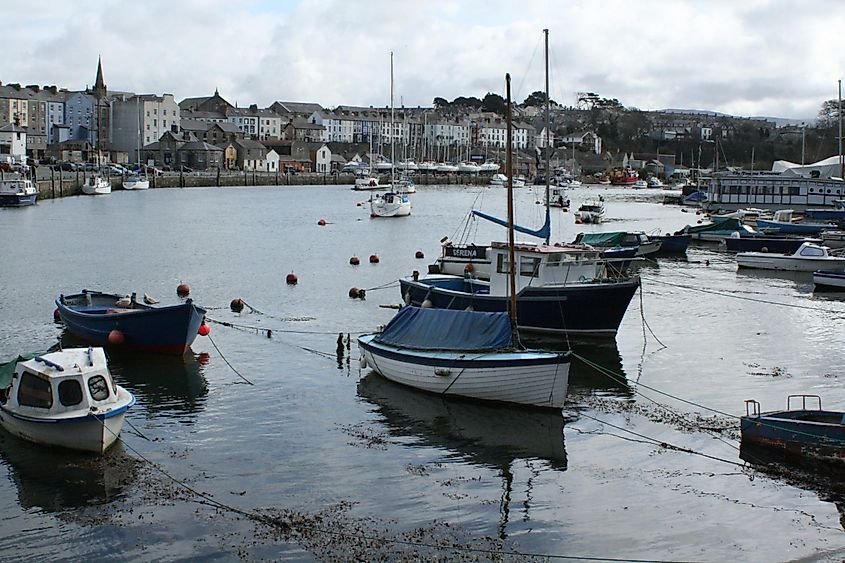
Sailing enthusiasts often take advantage of the bay's sheltered waters, with numerous sailing clubs and marinas dotting the coastline. In the same vein, fishing is another popular pastime, with anglers seeking out the abundant marine life that inhabits the bay.
The landscape surrounding Caernarfon Bay offers quality opportunities for hiking, with well-established trails such as the Wales Coast Path and the Snowdonia Way providing memorable views and access to the region's history and culture. The area is also well-suited for cycling, with numerous routes taking riders through noble villages, rolling hills, and along the rugged coastline.
Festivals and events are an integral part of the area's cultural fabric, with many occurring in the bay's towns and villages throughout the year. Notable examples include the Caernarfon Food Festival, which showcases the region's culinary offerings, and the International Eisteddfod, a celebration of Welsh culture and music. Visitors to the area can also explore the many tourist attractions and landmarks, such as Caernarfon Castle, the National Slate Museum, and the Welsh Highland Railway.
Economy And Industry
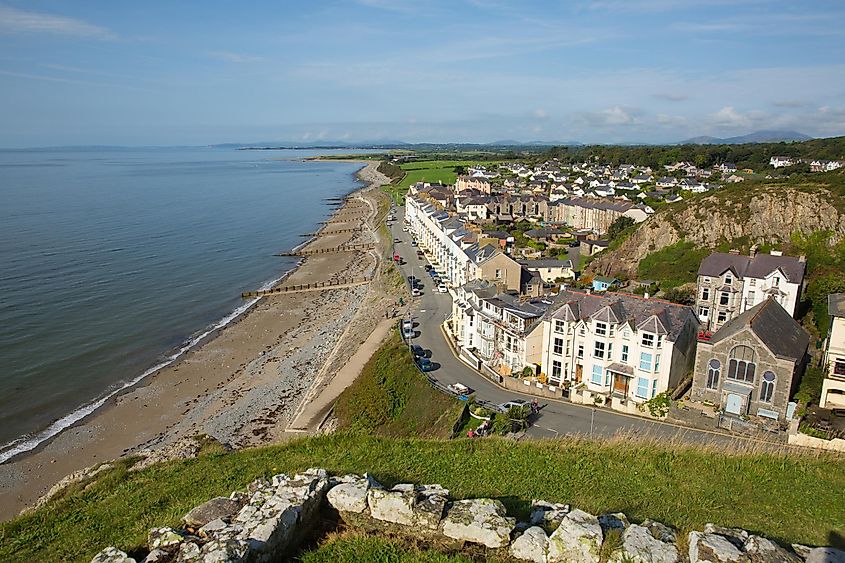
The economy of Caernarfon Bay and its surrounding areas has evolved over time, with various industries playing significant roles throughout history. In the past, agriculture and fishing were the primary sources of income for the region's inhabitants. However, the industrial revolution and the growth of the Welsh slate industry led to the development of bustling port towns and the establishment of a thriving maritime trade.
Additionally, the bay's waters provide abundant resources, with industries such as aquaculture and renewable energy generation becoming increasingly significant. Agriculture and fishing remain important economic activities in the region, with local farmers producing high-quality meat, dairy, and other products. The fishing industry, while smaller than in the past, still contributes to the local economy, focusing on sustainable practices and promoting local seafood.
Future developments and changes may continue to shape Caernarfon Bay and its surrounding areas, with conservation efforts and sustainable practices becoming increasingly important to ensure the long-term health of the bay's ecosystems and the well-being of its communities. Regulating water quality and overfishing as much as possible is one of the many ways that current residents can ensure that the benefits of Caernarfon Bay will be passed along to future generations.

